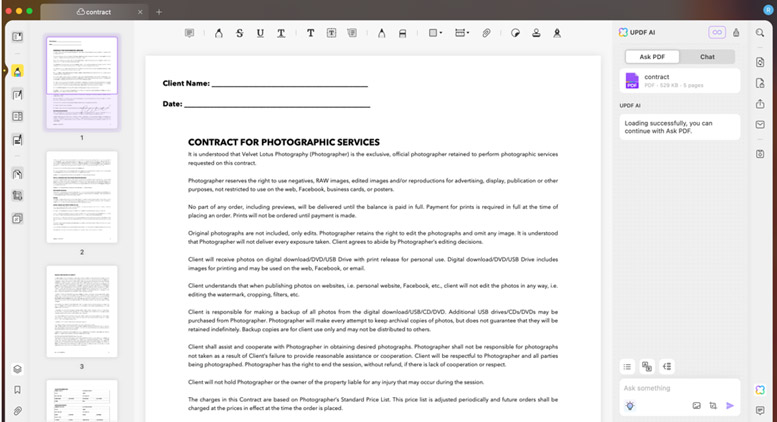Intel unleashes Manitoba
Chipmaker moving into data-transmitting cell phones
Having amassed a huge lead in the market for desktop and notebook processors, and a growing share of the market for handheld device chips, Intel announced its new PXA800F chip Thursday, which represents the company’s desire to catch up to other vendors in the emerging market for cell phones that are able to transmit data.
Formerly known as Manitoba, the PXA800F is based on the XScale architecture and combines a digital signal processor (DSP) to run the communications part of a cell phone, a main processor to handle the data and flash memory integrated directly onto a single piece of silicon.
Other chip makers have integrated flash memory into processors used for specific tasks in networking applications, such as a router or backplane. But Intel believes it is the first to integrate flash memory with a combined DSP/main processor chip for a handheld device or cell phone, said Dennis Sheehan, director of Intel’s personal client architecture components group.
“This is a shot across the bow of the other vendors,” said Will Strauss, principal analyst at Forward Concepts, in Tempe, Ariz. Texas Instruments (TI) and Motorola are the leaders in the market for cell phone processors, he said.
Integrating the flash memory onto the chip saves motherboard space, conserves power, and increases performance by reducing the amount of time needed to pull information out of flash memory, Sheehan said. “We’re trying to avoid growing devices as we bring more capability and more features [to cell phones]” he said.
The new processor is targeted at mainstream data-capable phones, Sheehan said. While demand is slow for data-enabled phones right now, Intel and several other companies believe there is a growing interest among consumers for phones that can browse the Internet, receive e-mail, and do other special tasks such as transmit pictures or download games.
The PXA800F will be used in phones that run on GSM (Global System for Mobile Communications) and GRPS (General Packet Radio Service) networks. GSM/GPRS carriers in the U.S. include Cingular Wireless, AT&T Wireless Services, and T-Mobile.
Intel’s strategy makes sense now, but as 3G phones finally begin to emerge, the die sizes that will be required to support the rabid memory demands for downloading and viewing multimedia content in those phones will be too large to be practical, Strauss said.
TI and Motorola think of flash memory as a commodity product they can obtain cheaply, and probably won’t change their current strategy of stacking flash memory atop a combined chip with a DSP and main processor, he said.
Intel will have to cut the power consumption of the XScale core in order to run video encoding programs on 3G phones, Strauss said. The company announced at its Fall IDF conference last September that it will add MMX (multimedia extensions) technology to future XScale processors, and will likely build support for that instruction set to future releases of the PXA800F, he said. MMX technology is a collection of specialized instructions designed specifically for complex and computing-intensive multimedia applications.
The general processor on the PXA800F chip runs at 312MHz, while the DSP runs at 104MHz. Intel jointly developed the core of the DSP with Analog Devices Inc., Sheehan said. The chip was manufactured on Intel’s .13-micron process technology, which uses the same techniques for about 90 percent of the tasks required to make both flash and logic chips, he said.
Each processor has integrated flash memory. The main processor uses 4MB of Intel’s flash memory product, while the DSP comes with 512KB of integrated flash memory.
Intel is shipping sample volumes to potential customers as of Thursday. The PXA800F will be available in production volumes by the third quarter, and products with the chip are expected by the end of this year or early 2004. The chip costs $35 in quantities of 10,000.




